Language
WORLDWIDE SHIPPING
Case with Knives and accessories Raw Fish - Sashimi and Sushi
€422.90
€346.64
Availability:
Out of stock
A case designed for the professional use of knives and accessories for raw fish processing, a combination of tools that, due to their structure and materials, are indispensable for processing raw fish, with razor-sharp blades, robust also for important cuts and accessories that will allow you to make Sashimi and Sushi in a precise and agile way.
In the Hendi case, with the Hendi logo, you will find the following tools:
n. 1 Deba knife blade cm. 18 series Seki Magoroku Kinju and Hekiju by Kai sharpened on one side this guarantees an optimal and straight cut on important cuts, fish head, fins, fish backbone.
Hexagonal handle made of reinforced laminated wood for a pleasant feeling when cutting.
Thanks to the use of high quality natural wood treated with a special process, the handle is extremely water resistant.
Blade length: cm. 18
Handle length: cm. 12.9
n. 1 Yanagiba slicing knife blade cm. 27 KK series by Kai , blade is in AUS8 steel with satin finish, the hardness of the blade is 58 HRC. The cut is asymmetrical for right-handers and has an incredible sharp edge - it's sharp on one side and concave on the other to prevent food from sticking to the blade.
The handle is in octagonal pakka wood.
Pakka is a composite material that mixes resin and wood, is antibacterial and resistant to moisture. Blade length: cm. 27
Handle length: cm. 12.8
n. 1 Kai bone tweezers , in stainless steel, ergonomic with oblique cut
n. 1 Kai stainless steel fish scaler with plastic protection to easily remove the scales, without risk of splashing during processing
n. 1 Sturdy fish scissors in stainless steel and polymer by Ambrogio Sanelli
n. 1 Chef carving knife cm. 30 by Ambrogio Sanelli Supra Line cutlery expressly designed for professional use: the usual high quality of the blades, produced with the best Bonpertuis® steels specific for cutlery, was combined with ergonomic handles in polypropylene (PP) and thermoplastic rubber.
The Hendi case, with Hendi logo on the front, is very spacious and can hold up to 10 knives with a maximum length, including the handle of 45 cm.
The knives are held in place by a rubber band and are protected by additional covers which are held in place by a zipper or velcro, this ensures that the knives do not come into direct contact when the case is closed.
With 1 large notepad pocket, 4 business card pockets and space for 3 pens or other small accessories.
The length of the shoulder strap can be adjusted between 770mm and 1270mm.
Open bag dimensions: 515 x 675 mm.
Closed bag dimensions: 510 x 50 x (h) 170
FAQs

 IT
IT FR
FR
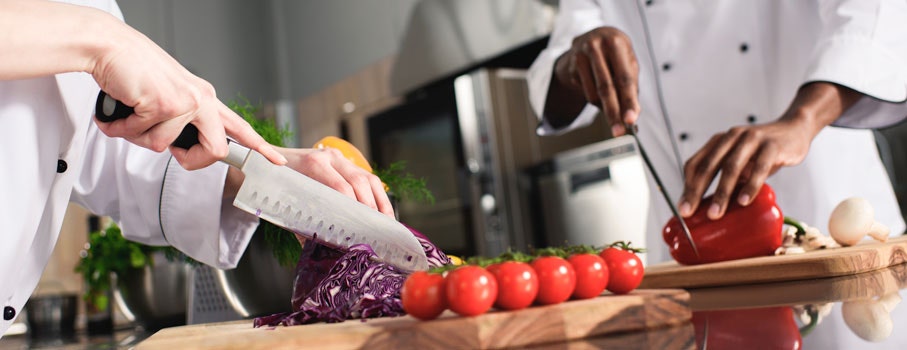
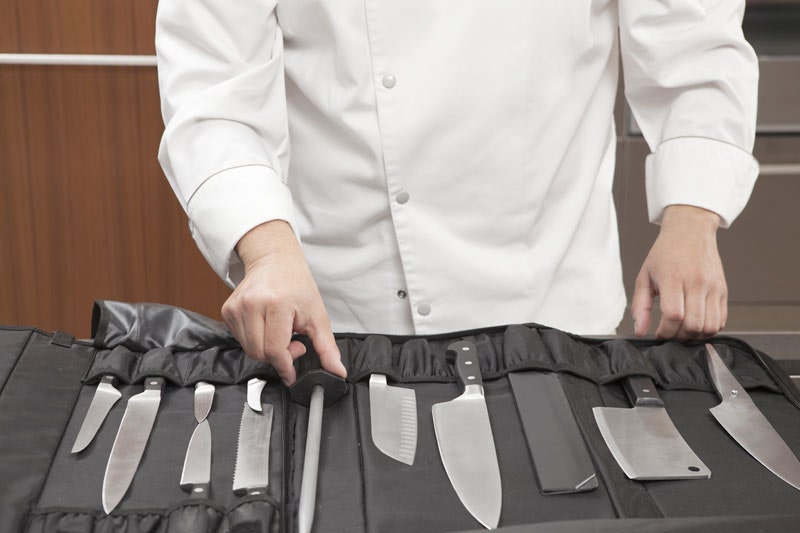
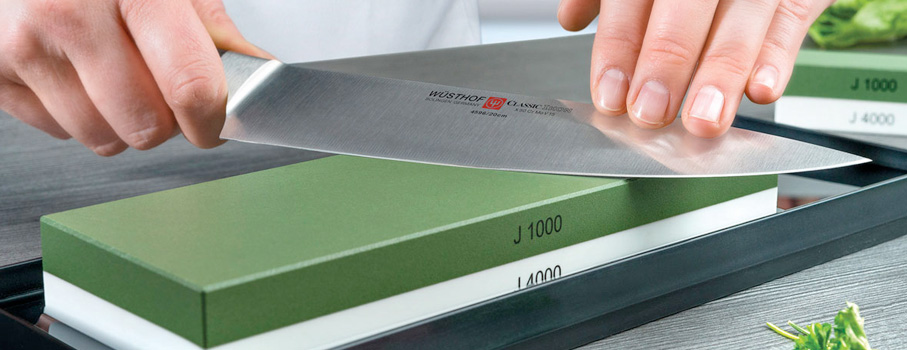
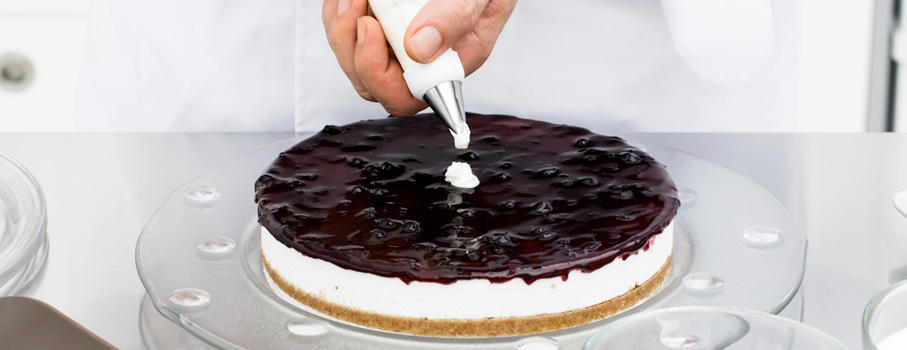

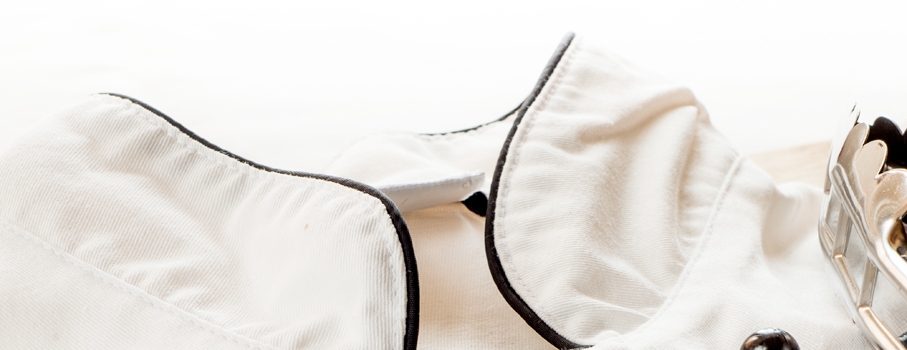
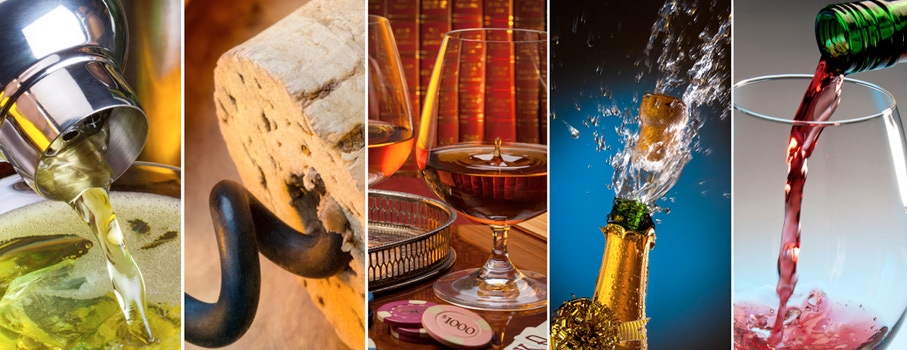
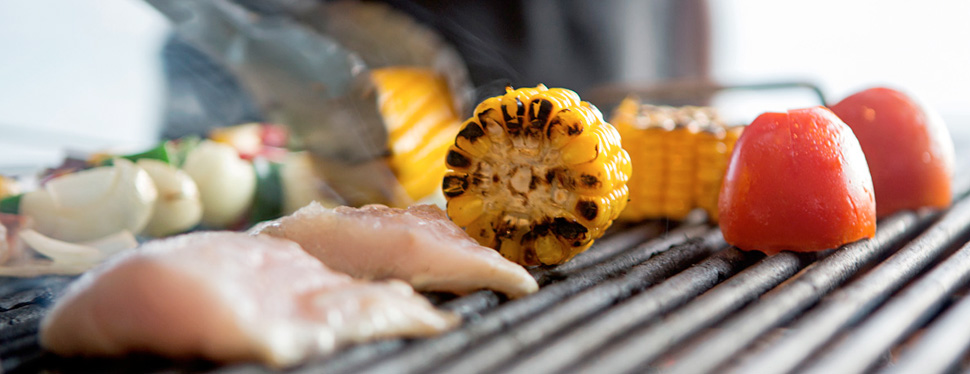

 IT
IT FR
FR
